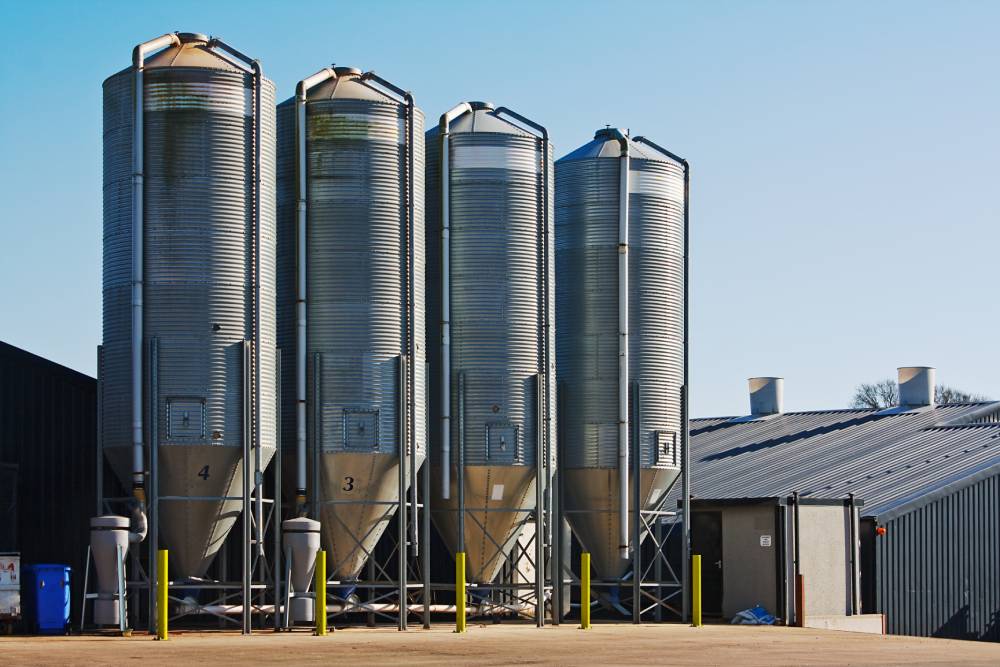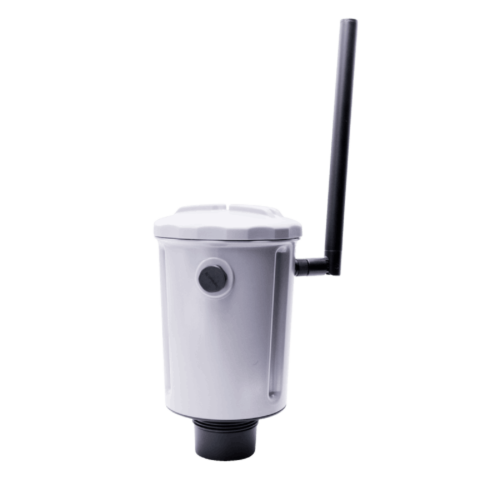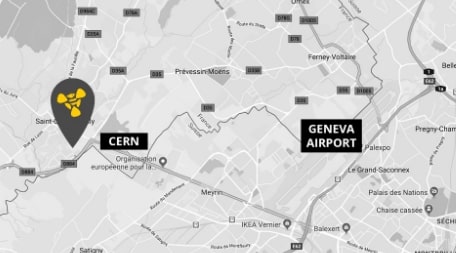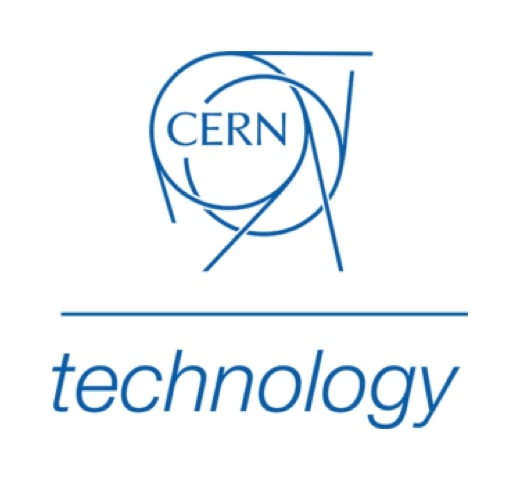Grain bin level sensing: Moving beyond ultrasound measurement
Good stock control is important for any business, and this is especially true in the agriculture sector. Grain prices are prone to fluctuation, production relies on unpredictable factors such as high operational costs, market demand and weather — factors which make the agriculture sector inherently volatile.
Farmers and processors must manage this volatility by maximizing process efficiency. The ability to reliably and accurately monitor grain stocks via level sensing in silos is an essential part of this.
Grain bin level sensing solutions
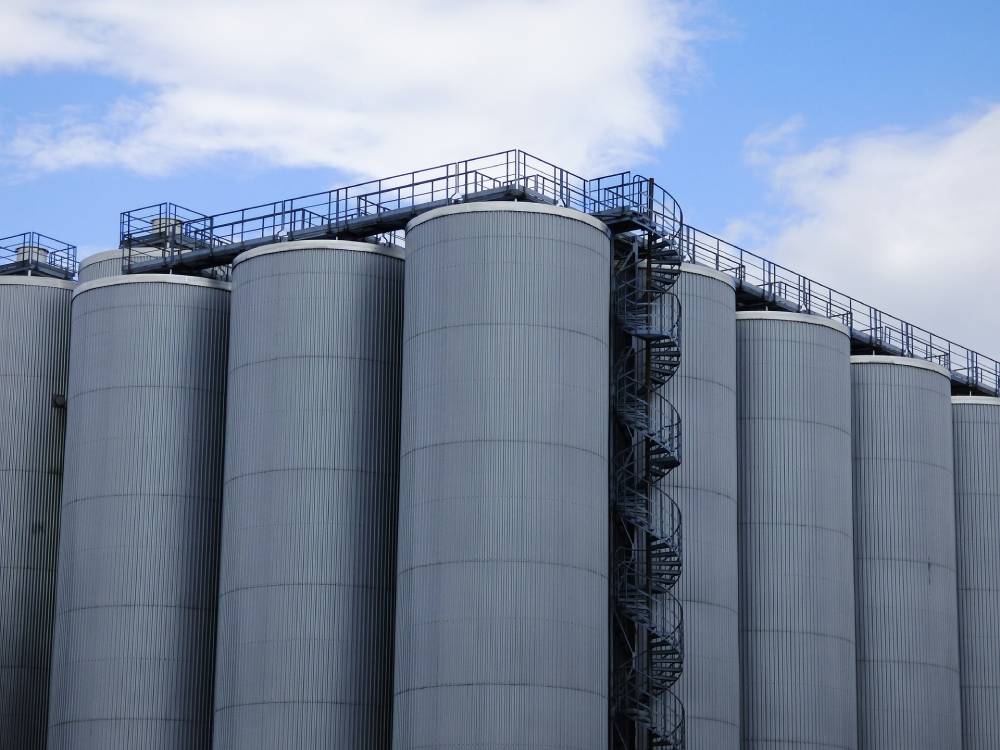
The ultrasonic level sensor is a widely-used level sensing solution, which consists of a transmitter mounted at the top of a silo. The sensor emits ultrasonic pulses which travel through the empty headspace and reflect off the surface of the grain, yielding a level measurement based on the time taken for the return signal to reach the transmitter. However, this is a comparatively expensive method which is mainly prefered for liquid level sensing rather than for granular solids.
Guided wave radar level transmitters are another way to achieve quantitative level sensing. As with ultrasonic sensing, a head-mounted transmitter sends signals down through the headspace to measure the media level. The primary difference is that a guided wave sensor sends low energy microwaves down a probe, and when the pulse reaches the contained medium, a large proportion of the energy is reflected back up to the transmitter. This is useful for grain level measurement as reflected signals are unaffected by dust in the headspace. However, as the probe is in constant contact with the grain, it is likely that the probe will corrode and/or become damaged.
Capacitive sensors measure the capacitance between two plates installed near the top and bottom of a silo, to obtain an accurate measure of the amount of solid contained within. Capacitive sensors are available in non-contact configurations, however not all capacitive sensors work with every type of material or tank. In addition, the sensors must be calibrated to the specific liquid in question to account for variations in dielectric constant. Since the dielectric constant of solids can vary over time, this may not be suitable for all level sensing applications.
Time-of-Flight (ToF) technology offers a completely non-contact alternative to mechanical and capacitive level sensing. ToF devices are mounted internally at the top of a silo. They work by producing a pulse wave and timing how long it takes to travel to the surface of the grain and reflect back. This can be used to directly measure the level of solids within the silo.
A number of ToF technologies are available, including ultrasound, laser and radar. Tredecile’s optical ToF sensors use infrared light, offering better performance than ultrasound, at a lower price point than laser and radar. Tredecile’s compact sensors are accurate, robust and easy to install, making them an ideal solution for grain bin level sensing applications.
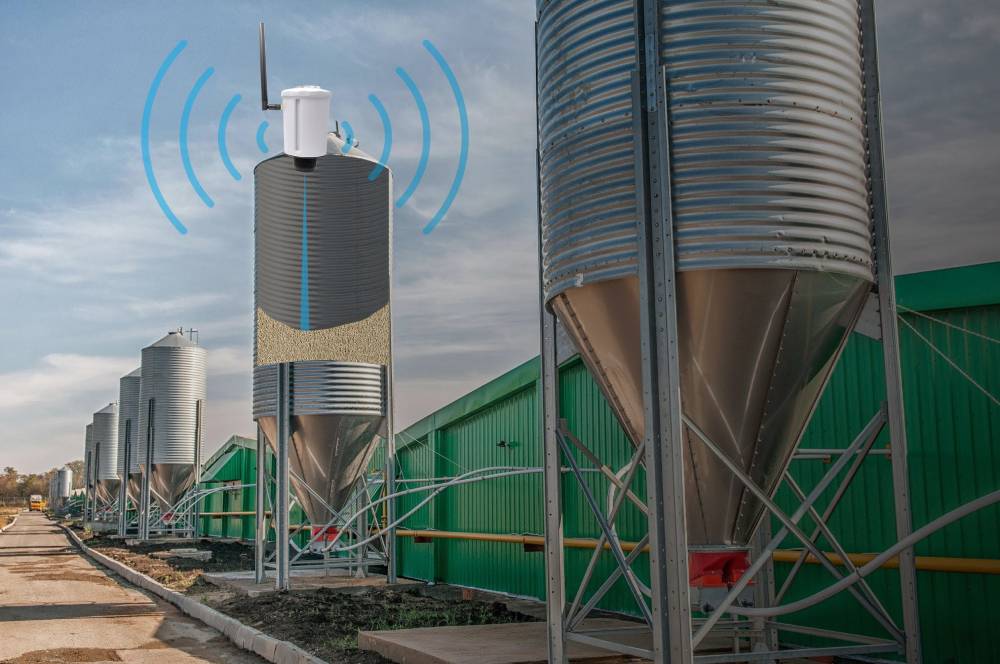
Tredecile’s optical ToF technology for grain bin level sensing
Meet Tredecile’s pioneering LoRa Level Monitoring XL, a completely unique product designed to satisfy the needs of users across a broad spectrum of level monitoring applications. Based on a tried-and-tested Time-of-Flight LED technology, LoRa Level Monitoring XL is a wireless, self-powered, easy to use level monitoring solution, transmitting level data directly from silos, using LoRaWAN.
The system enables operators to optimize stock replenishment, cut operational costs and reduce dangerous silo audits.
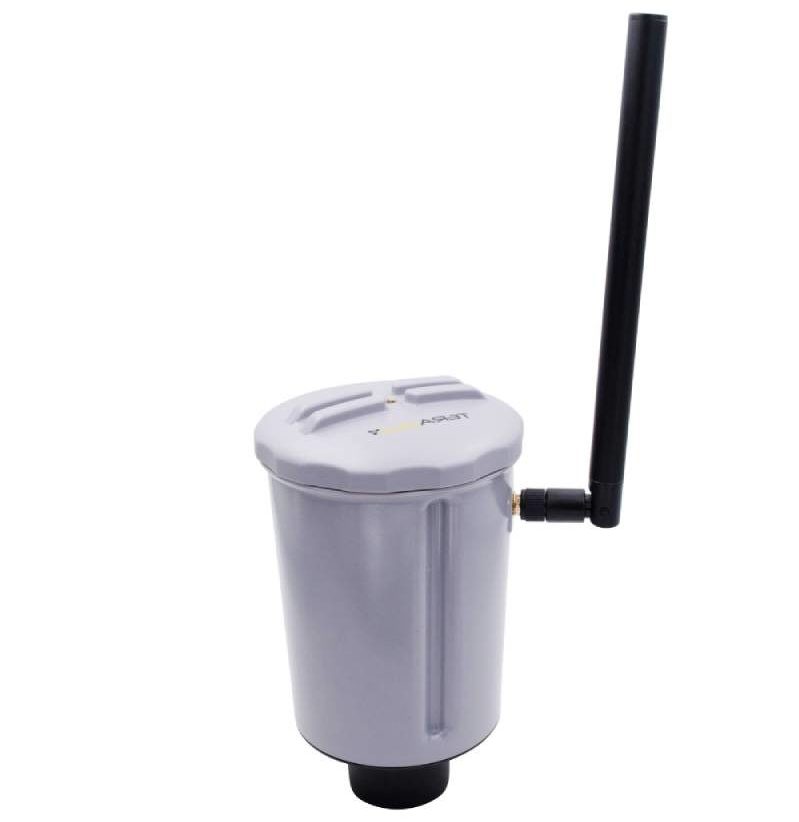
LoRa level monitoring XL key features
- Provides reliable and accurate (cm level) measurements
- Avoids content contamination as no direct contact with monitored materials
- Cable free design saves installation time and cost, reduces complexity
- LoRa protocol combined with battery power = years of autonomy
- Selectable measurement intervals, from 1/15 minutes to 1/24 hours
- Stream real-time data and configure device on your PC using free software
So, to find out more about Tredecile’s silo level monitoring system or to consult us on which product would be perfect for you, get in touch today.



